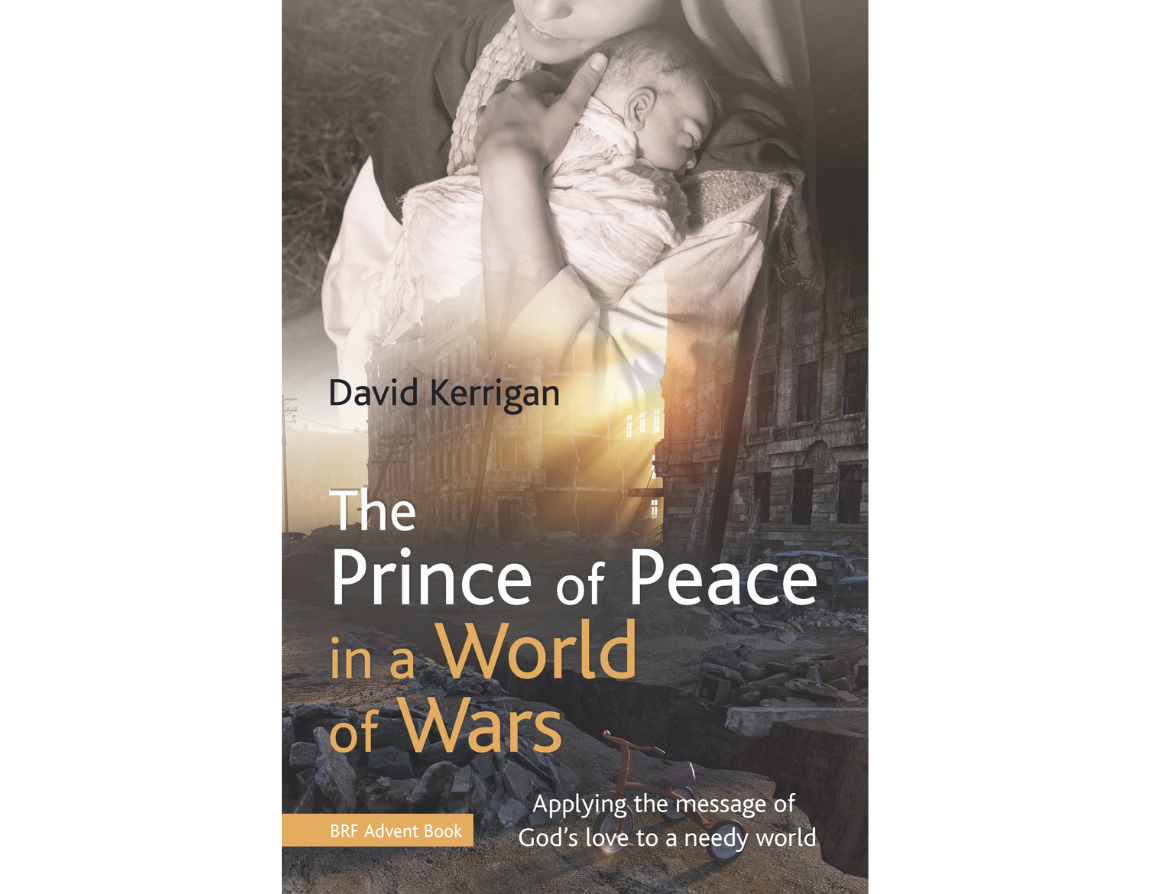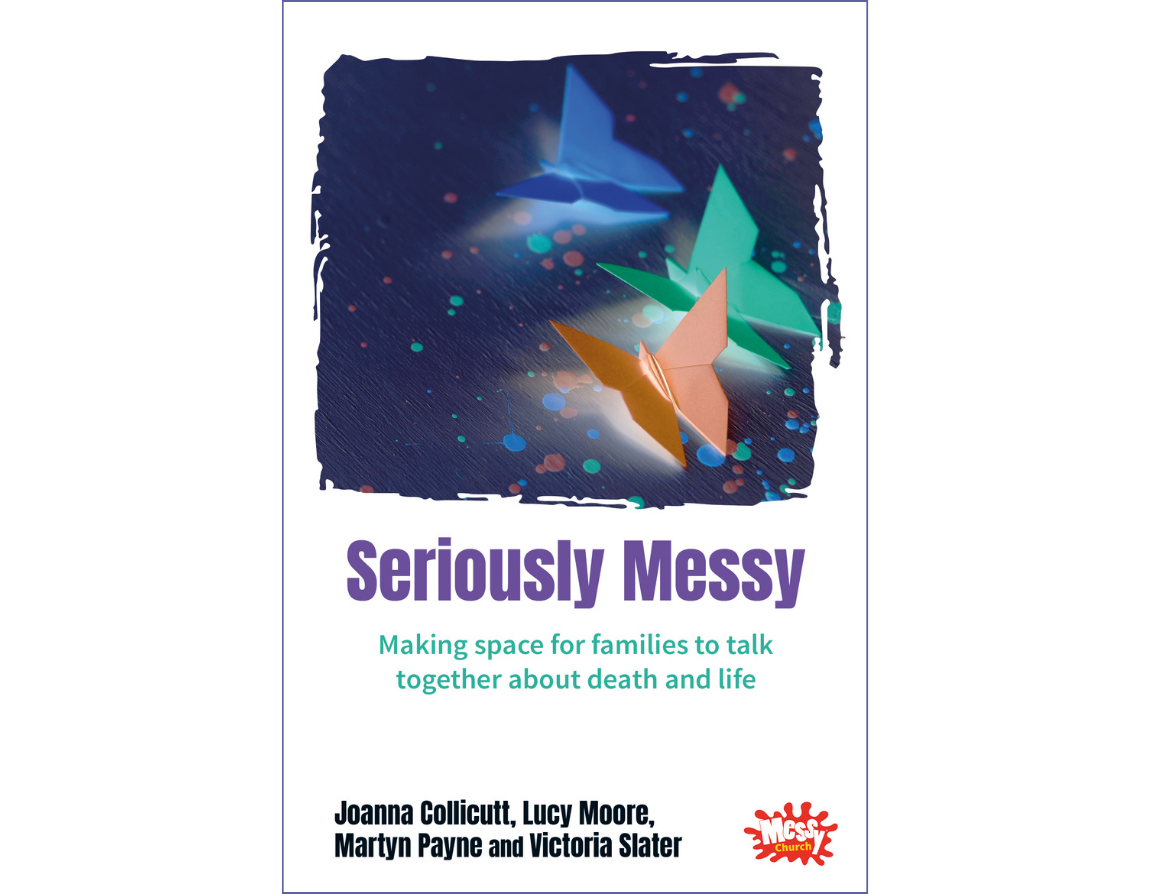New Testament lecturer Ed Mackenzie explores the fruits of meditation in the last of our series on biblical teaching. Plus a comprehensive selection of Remembrance Day resources for next week.
5 November 2023
Meditating on the word
I will meditate on your precepts and fix my eyes on your ways.
Psalm 119:15 (NRSV)
The holy habit of biblical teaching is all about helping people engage with scripture so as to be transformed by God through scripture. Engaging with scripture takes many different forms – including teaching, reading and studying – but a dimension often overlooked is that of meditation. Meditating on scripture means allowing it to shape our hearts as well as our minds. It means allowing scripture to permeate our lives so that we’re transformed.
The challenge of meditation is that it requires time, a willingness to muse slowly over a particular biblical text or teaching. While the challenge has always faced Christians, it’s especially acute in an age when we can easily access other forms of entertainment and distraction. It’s also easier to read through a passage quickly – perhaps aiming to meet that Bible-in-a-year target – than slowly taking our time with a single text. But it’s often the latter approach which bears fruit in our life.
The Bible itself encourages meditation through a variety of images, including that of the tree by the stream, the branch in the vine, the taste of honey and the treasure in the heart. Each image illuminates the practice of meditation and encourages us to see it as a key means to absorb biblical teaching.
The image of the tree by the stream is found in Psalm 1, a psalm which emphasises that the way of the righteous is one of delighting in the law of the Lord. The form such delight takes is that of meditating on the law day and night, and the psalm compares the ones who meditate to ‘trees planted by streams of water, which yield their fruit in it season, and their leaves do not wither’ (Psalm 1:3).
The image of the tree by the stream points to meditation as a profoundly life-giving pursuit. To meditate on God’s word – which to Christians is found in scripture as a whole – is to find life flowing into our lives. We may not always detect or feel that life, but we can trust that we have planted our lives in rich soil, soil which will bear fruit.

The image of the tree by the stream points to meditation as a profoundly life-giving pursuit. To meditate on God’s word is to find life flowing into our lives.
I am the vine
Turning to another horticultural image, Jesus uses the image of the vine and the branches to represent his relationship to those who trust in him (John 15:1–11). Those who trust Christ are like ‘branches’ of the vine, which bear fruit by remaining attached to the vine. To be in the vine is a gift of God (John 15:3), but to abide in Christ involves following the way of Jesus – keeping his commandments – while also allowing Christ’s words to ‘abide’ in us (15:7).
The image of the vine and branches, then, suggests that meditating on the words and way of Christ is a way to strengthen our relationship with Christ. It’s when we allow his words to shape us and as we live them out that we confirm our love for Jesus and find our joy in him.
Sweeter than honey
The Bible also uses the image of honey to represent engaging with the Word. In Psalm 119, the psalmist writes: ‘How sweet are your words to my taste, sweeter than honey to my mouth!’ (Psalm 119:103). Scripture isn’t something that’s simply heard, it’s something that is tasted; the truth it reveals can be absorbed and digested by the heart.
The use of this image for meditation suggests that musing on the word can and will bring the sweetness of intimacy with God. It’s been said that meditation in this sense is about moving from the head to the heart, ‘warming the heart’ through deep reflection on the words of scripture.

Musing on the word can and will bring the sweetness of intimacy with God.
Treasure these words
A fourth image for meditation is found in Luke’s description of Mary’s response to the shepherd’s visit to see Jesus. Hearing the shepherds tell the story of the angelic visitation, Luke records that ‘Mary treasured all these words and pondered them in her heart’ (Luke 2:19). A little later in the chapter, Luke similarly records Mary’s response to the twelve-year-old Jesus’ visit to the temple: again, she ‘treasured all these things in her heart’ (Luke 2:51).
The image of ‘treasuring’ words or deeds in one’s heart is a wonderful image for meditation. Meditation involves caring deeply for the words and truths of scripture, allowing them to shape us deeply. We do this, again, by spending time with the words of scripture, reflecting on them and praying with them.
If you’ve not spent time in meditation, these biblical images of the practice will hopefully inspire you to begin. A simple way to start is to read slowly over a short passage of scripture, perhaps a paragraph or two, and simply think about the words or images or themes that strike you. Read the same passage again two or three further times, and – again – see which images or words or themes come to mind. Allow your mind to wander and muse over what strikes you, and – as you do so –turn your musings into prayers, talking to God about what you’ve found in his word. Hopefully you’ll discover too that meditating on scripture is a wonderful way to allow its truths into your life and to encounter God afresh.
Scripture quotations are taken from the New Revised Standard Version Updated Edition. Copyright © 2021 National Council of Churches of Christ in the United States of America. Used by permission. All rights reserved worldwide.







